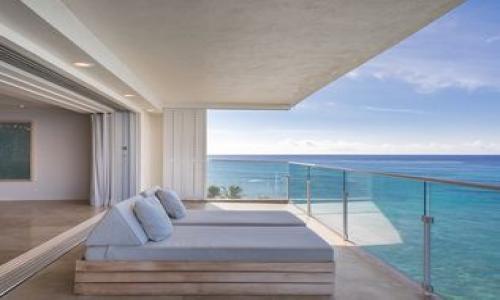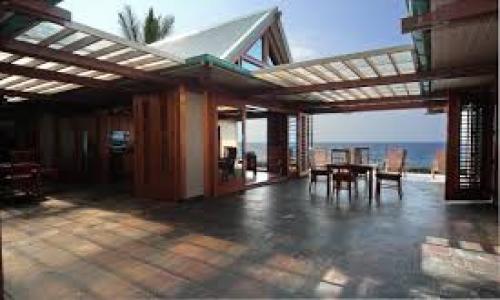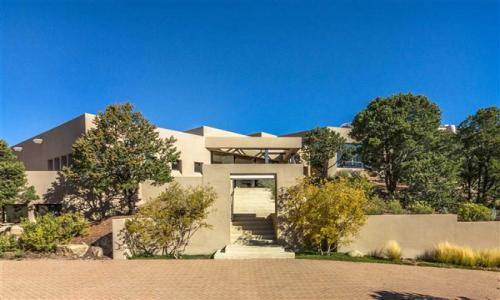When a homeowner goes to a lender and they starts the process for filling out a mortgage loan application, it is important to know exactly what kinds of mortgages are available, along with the advantages and disadvantages of each. Here we takes a look at fixed rate 15 and 30 year mortgages versus 10/1 adjustable rate mortgages (ARMs).
Fixed Rate Mortgages
A fixed rate mortgage is onewhere the interest rate will stay the same all throughout the full life of the loan. These loans are by far the most popular, representing more than 75% of home loans. They will usually come in terms of 10, 15 or 30 years, with the 30 years being the more popular option. While the 30 years remains most popular, the 15-year will build equity a whole lot faster.
The big advantage that comes with a fixed rate is that a homeowner knows exactly what the principal as well as the interest payments will be over the entire duration of loan. This will allow the homeowner to budget a lot easier because they understand the interest rate will not change over the duration of the loan.
Fixed rate mortgages are not just the most popular for home loans, but they are known for being the most predictable. The rate gets agreed upon in the beginning and the rate stays the same and charged over the duration of the note. Homeowners can budget easily for the monthly payments each month for the loan. When rates are high and the homeowner gets a fixed rate mortgage, the homeowner is able to refinance later on when the rates go down. If interest rates go down and you want to refinance, the closing costs will have to be paid to do so. Some banks that want to keep good customer accounts may write off these closing costs or otherwise enable to customer to refinance without incurring fees. On the other hand, buyers who purchase when rates are low keep the rate locked even if the broader interest rate climate rises. However, home buyers do pay a premium for locking in the certainty, as the interest rates of such fixed rate loans will usually be a bit higher than an adjustable rate home loan.
A home purchaser who is not planning to be in their home for a full 30 years, one who believes that they will refinance or pay off their mortgage sooner, or one who can easily handle the monthly payments should seriously consider shorter term fixed-rate mortgages.
See the best 30 year fixed-rate mortgage rates today.
10/1 ARM
An adjustable rate is mortgage loan where the interest rate will change based upon a certain schedule after there is a fixed period at the beginning of the loan. This is called an ARM, or an adjustable rate mortgage. Getting an ARM could allow you to qualify for loan amounts that will be higher, therefore you can get a more valuable home. However, this kind of loan is considered to be riskier because payments can change significantly if rates rise. In exchange for any risks that are associated with ARMs, the homeowner ordinarily will be rewarded with interest rates that are lower than a 30-year fixed rate or even a 15-year fixed rate. When a homeowner gets an ARM, they are usually getting a 30-year loan where the rate will change each year on the anniversary after a certain point.
The 10/1 ARM in particular comes with an initial interest rate that is fixed for the initial 10 years of the loan. After this 10-year period is up, the rate adjusts every year for the loan remainder. The loan will have a 30 year life, so that homeowner will have initial stability for a 30 year mortgage at a lower cost than that of a fixed rate mortgage that may have the same term. However, the adjustable rate mortgage might not be the best choice for anyone who is planning on owning the same home for more than 10 years unless they are able to make extra payments and plan on working to pay their loan early.












Add your Comment
or use your BestCashCow account